Understanding the 16 Pin Ribbon Cable
The 16 pin ribbon cable is a crucial component in the realm of electronic connections, offering a streamlined and efficient method for connecting multiple circuits. This type of cable is characterized by its flat, parallel wires bonded together, forming a wide and flat assembly. It is commonly utilized in various applications, from consumer electronics to industrial machines, due to its ability to simplify complex wiring systems.
Types and Applications
There are several types of 16 pin ribbon cables, including the 16 pin flat ribbon cable and the 16 pin flex cable. Each type serves a specific purpose, with the flat ribbon variant often used in static connections, while the flexible version is suited for systems requiring movement. Applications range from audio systems, where a 16 pin ribbon cable connector ensures reliable signal transmission, to automotive and aviation industries, where durability and performance are paramount.
Features and Materials
The materials used in a 16 pin ribbon cable are selected for their electrical properties and durability. Conductors are typically made of copper, known for its excellent conductivity, while the insulation may be composed of materials like PVC or Teflon, providing protection against environmental factors. The 16 pin IDC connector, a common termination for these cables, offers a secure connection without the need for soldering, making it a convenient choice for many electronic assemblies.
Advantages of Ribbon Cables
One of the main advantages of using a 16 pin ribbon cable is its ability to reduce space and weight in electronic systems. The flat and compact nature of these cables allows for a more organized setup, minimizing the risk of tangled wires. Additionally, the uniformity of the cable simplifies troubleshooting and maintenance, as each conductor is easily identifiable by its position within the ribbon.
Connector Varieties
Connectors play a vital role in the functionality of ribbon cables. The 16 pin ribbon cable female to female connector is one example, facilitating the extension of cable length or the connection between two male ends. Conversely, the 16 pin ribbon cable male to male connector is used to link two female ports. For those requiring a secure and detachable connection, the 16 pin flat cable connector is an ideal choice.
Customization and Compatibility
Customization is a key aspect when selecting a 16 pin ribbon cable. With options like the 10 to 16 pin ribbon cable, users can find the right fit for their specific requirements. Compatibility is also crucial, as the 16 conductor ribbon cable must match the pin count and pitch of the device it connects to. Ensuring the correct specifications is essential for the optimal performance of the cable and the safety of the entire system.


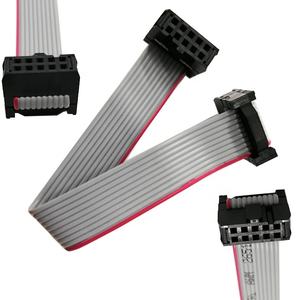
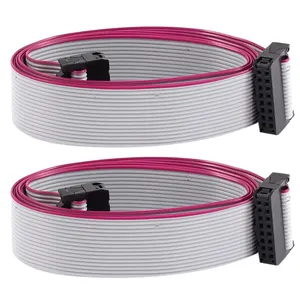

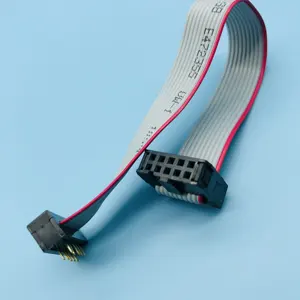

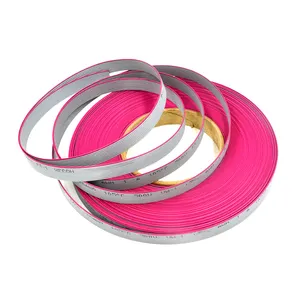







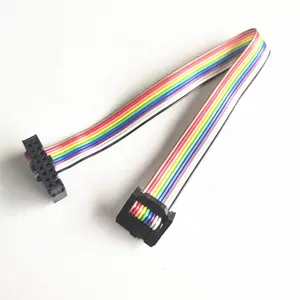

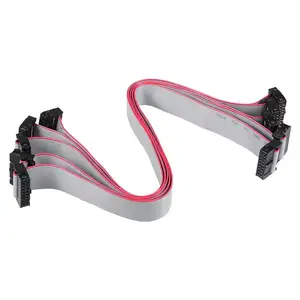


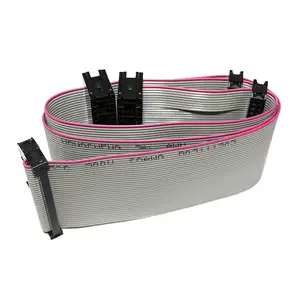


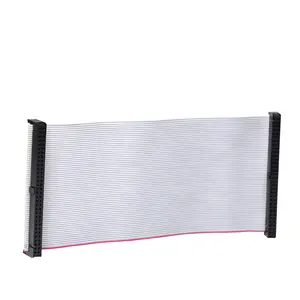

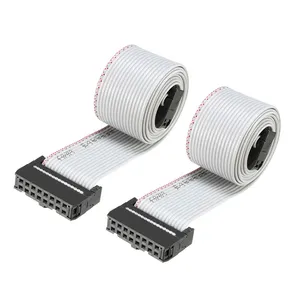
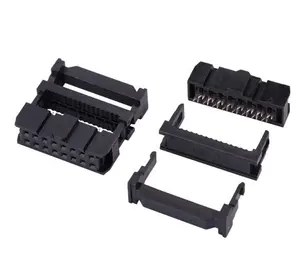







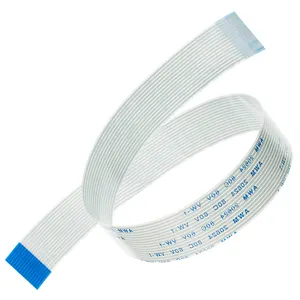

































 浙公网安备 33010002000092号
浙公网安备 33010002000092号 浙B2-20120091-4
浙B2-20120091-4